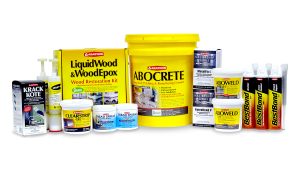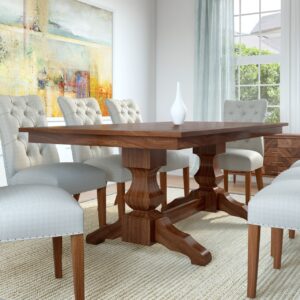Decorative silverplate was a staple in Victorian households of the 19th century, and popular into the 20th century. It describes flatware and hollowware with an electroplated outer layer of silver on a base metal, usually nickel or copper. Quite functional and good-looking, silverplate was produced in a wide range of styles and designs, and might be found in every room.
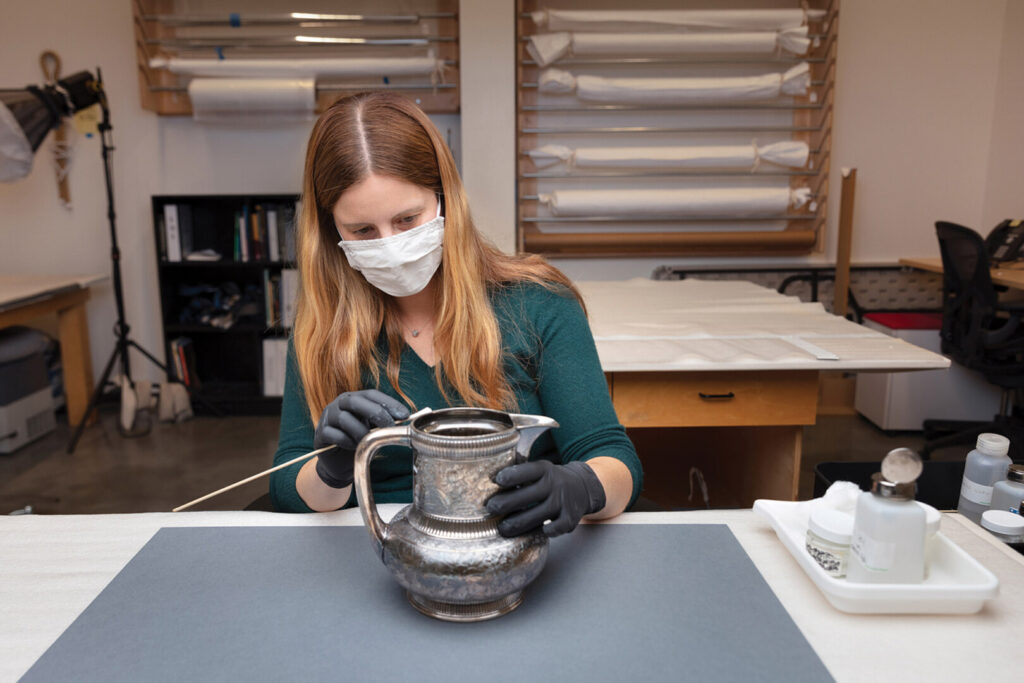
Nicole Mullen and Daniel Calderon, curators at the San Francisco Airport Museum, recently mounted a fascinating exhibition of Victorian silverplate, giving us a tantalizing glimpse into the beauty of its design. We asked the Museum’s talented conservator Alisa Eagleston–Cieslewicz how to clean and polish silverplate properly. Her guidelines follow.
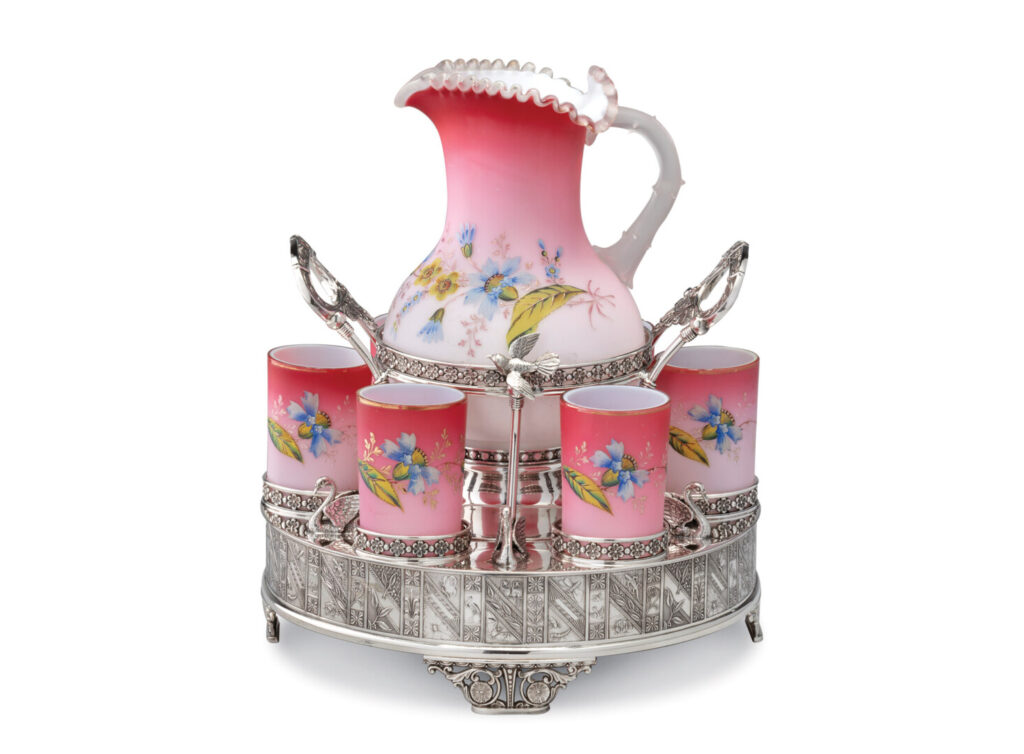
Courtesy SFO Airport Museum
Find out more: sfomuseum.org/exhibitions/eclectic-taste-victorian-silver-plate
1. Examine Carefully
The first step, Alisa explains, is to take a good look at the piece and decide if it truly needs polishing—or not. Every time a piece is polished, a little bit of the surface silver is removed. This wears down engraving or surface details,
and may eventually wear down the plating layer.
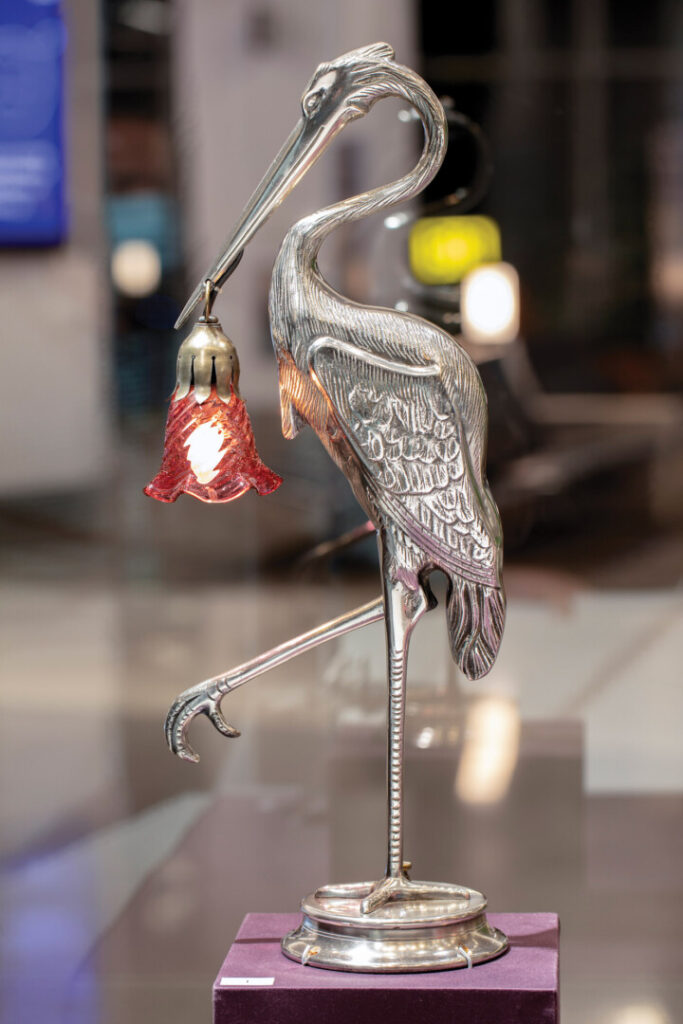
Courtesy SFO Airport Museum
2. Make a Plan
Next, assess the piece to identify any problem areas: plate lifting, structural issues such as dents or loose components, pitting, old coatings, hollows, or detachable areas. Look for moisture-sensitive components—wood, ivory, or perhaps textiles, such a those lining jewelry caskets—to plan how to avoid contact between these materials and the metal-polishing compound. See if the area can be unscrewed or removed; otherwise, try to slip a thin plastic sheet between the metal and adjacent material. Don’t use tape, as this may damage surfaces.
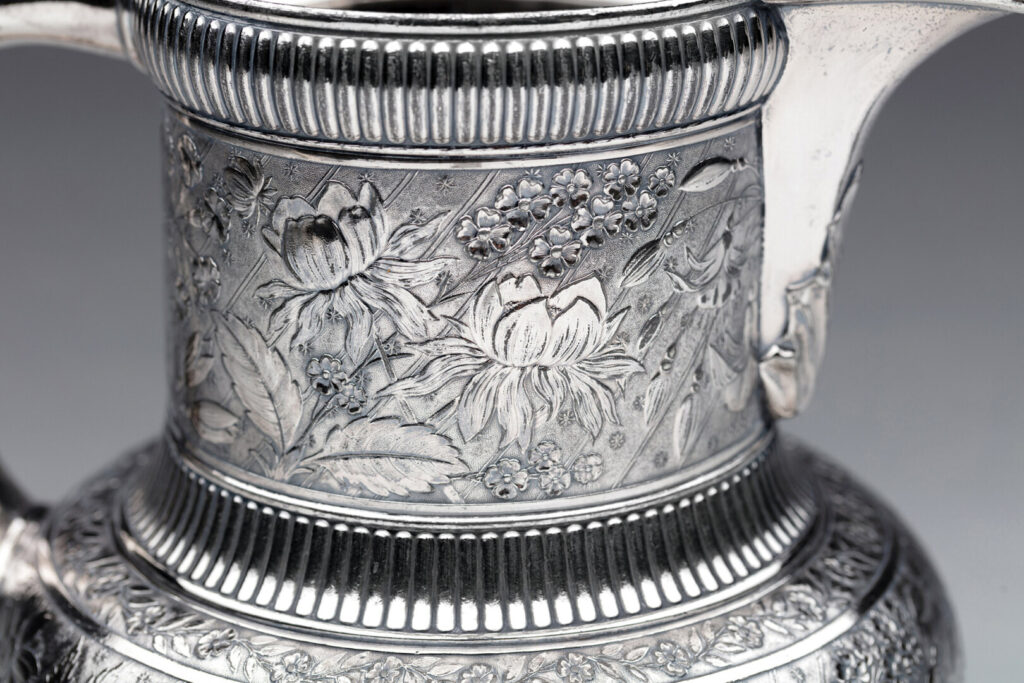
Courtesy SFO Airport Museum
Alisa also looks for such features as inlays or recessed decoration where a polishing compound could become lodged. She approaches the tarnished area carefully and slowly, using a limited amount of polish and working with a swab sized appropriately for the area.
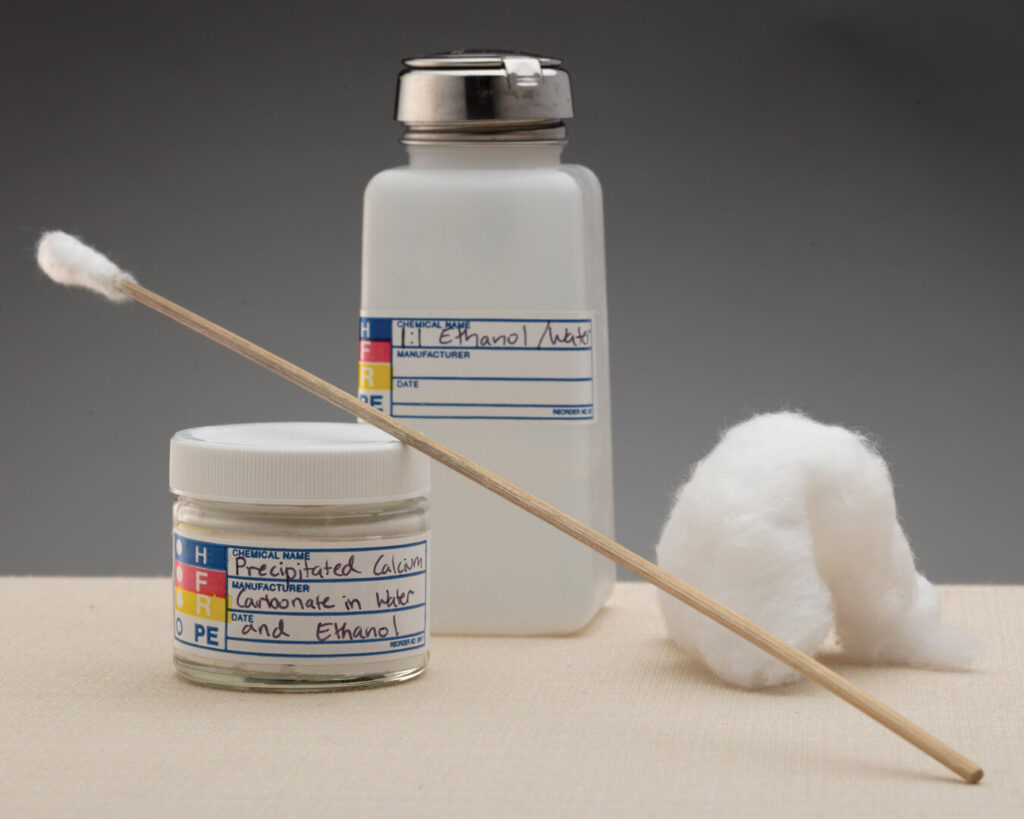
Courtesy SFO Airport Museum
3. Clean Thoroughly
Following a thorough assessment, the polishing process begins. Any residues of previous polishing compounds are removed first as they may be abrasive and scratch the silver. Alisa likes to use a simple solution of equal parts distilled water and ethanol, applying it with a cotton swab to keep any residue confined to as small an area as possible.
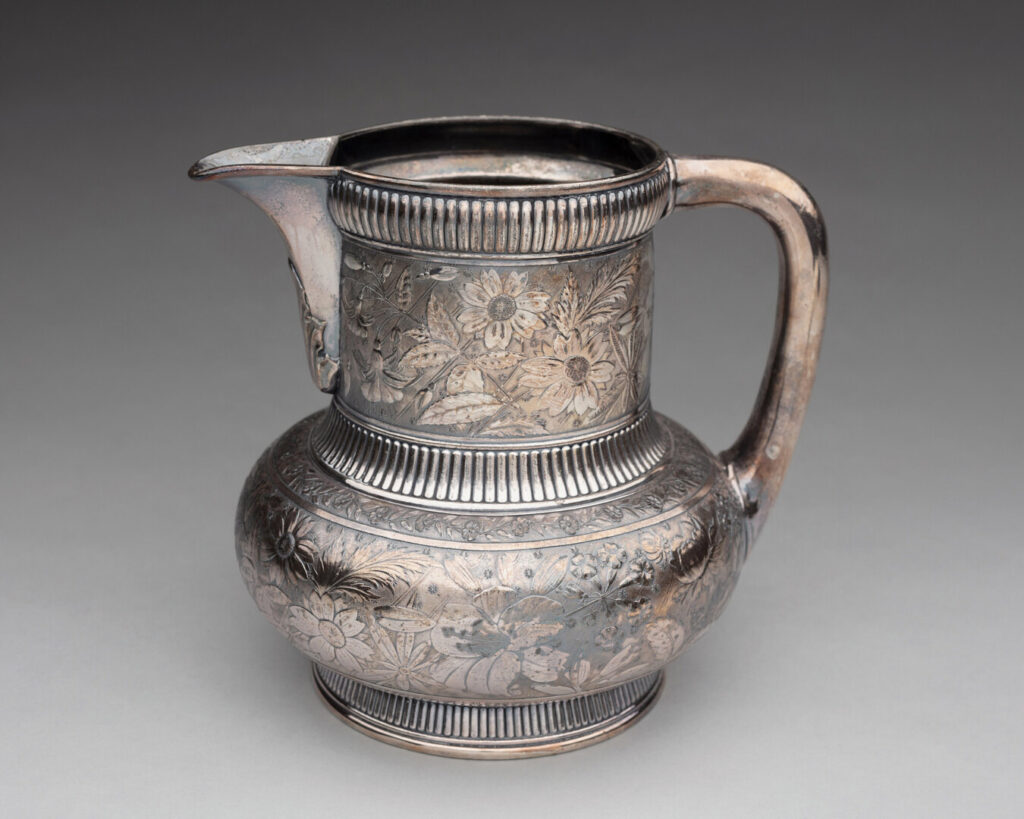
Courtesy SFO Airport Museum
4. Polish with a Close Eye
If the tarnish is mild, or she is concerned about old polishing compound lodged in hard-to-reach areas, Alisa will sometimes just use a silver polishing cloth. These are much less abrasive than polishing compounds, yet can be very effective on lightly tarnished pieces.
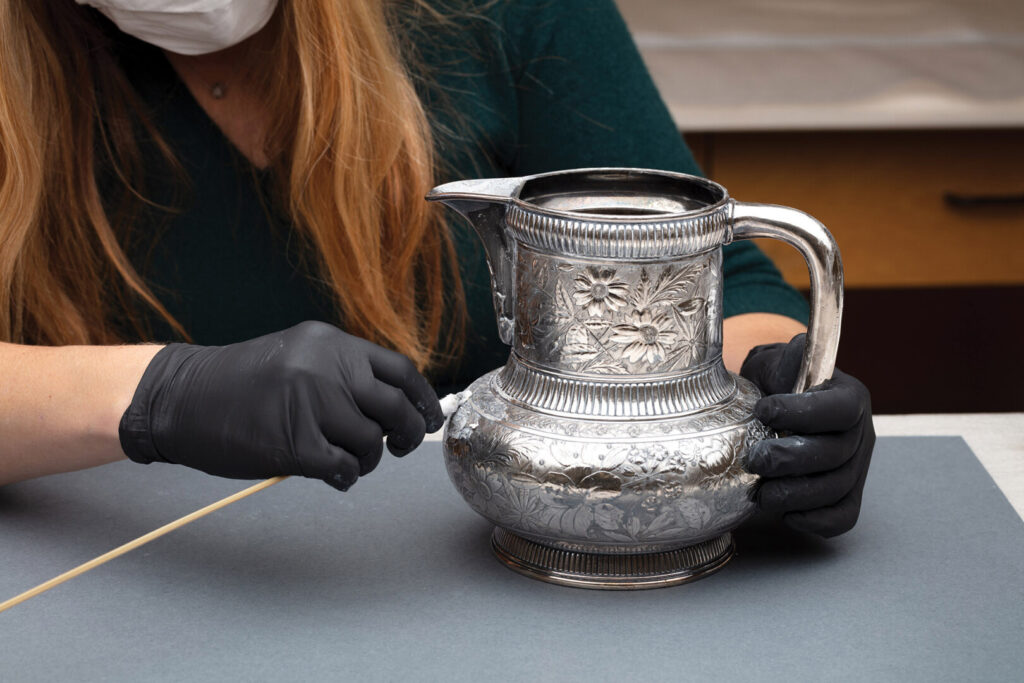
Courtesy SFO Airport Museum
Alisa likes to make her own polishing compound. She makes a slurry using precipitated calcium carbonate and equal parts of distilled water and ethanol. She applies it with cotton swabs, or sometimes with soft cloths or a soft disposable wipe, which also works well as an applicator. She keeps a close eye on the surface of the piece as she works, watching out for scratching. She feels the applicator to ensure there is no grit on it. Any problems and the polishing stops.
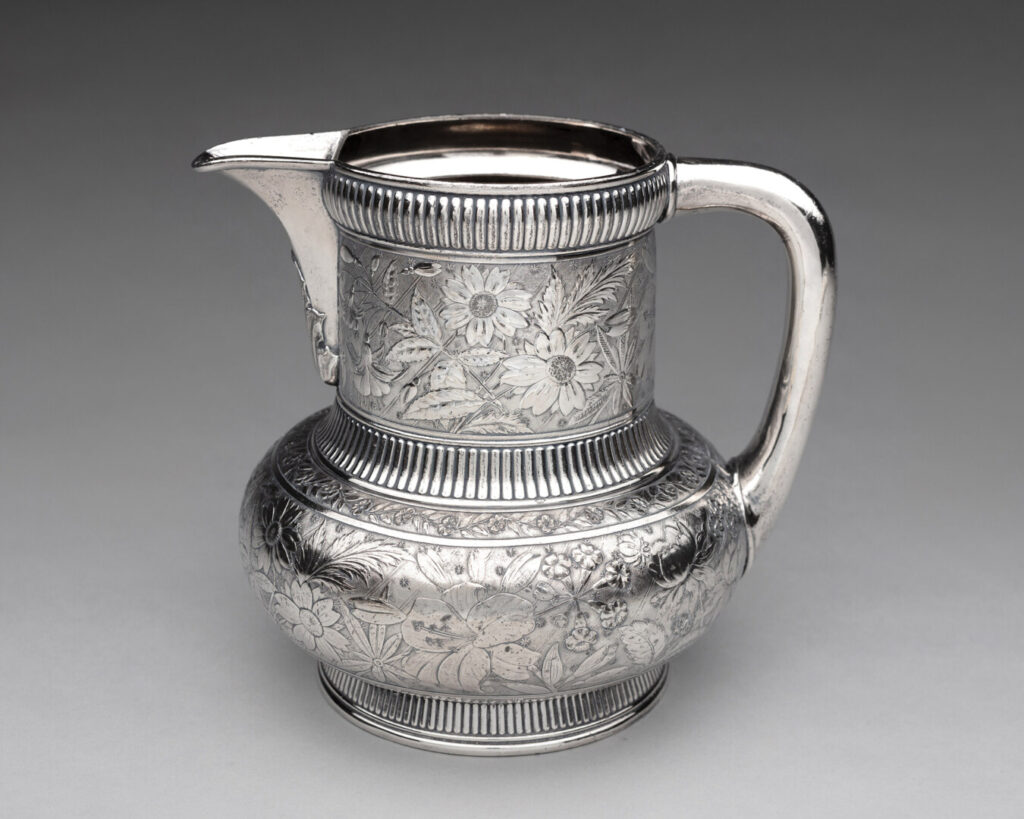
Courtesy SFO Airport Museum
Alisa replaces the polishing compound if it begins to dry out or forms clumps, both of which can cause scratching. She also replaces the applicator regularly. When she has finished polishing, Alisa removes any residue with a 1:1 water and ethanol solution, using a cotton swab or soft cloth.
5. Finish Up
She finishes with a very light water light rinse to remove any final polish. Alisa is careful not to submerge the piece, or even rinse too heavily, especially if there are wood, ivory, or textile components, or hollows where water could pool. A gentle drying with a soft cloth is usually all that’s needed for the silverplate to shine.
Dye roll imprinting of decoration was perfected during the 19th century, allowing designs to cover surfaces from edge to edge. Complicated patterns could be had at reasonable cost. Tiffany’s “Japanese” was an early Anglo–Japanese design. Place settings became outrageously complex.
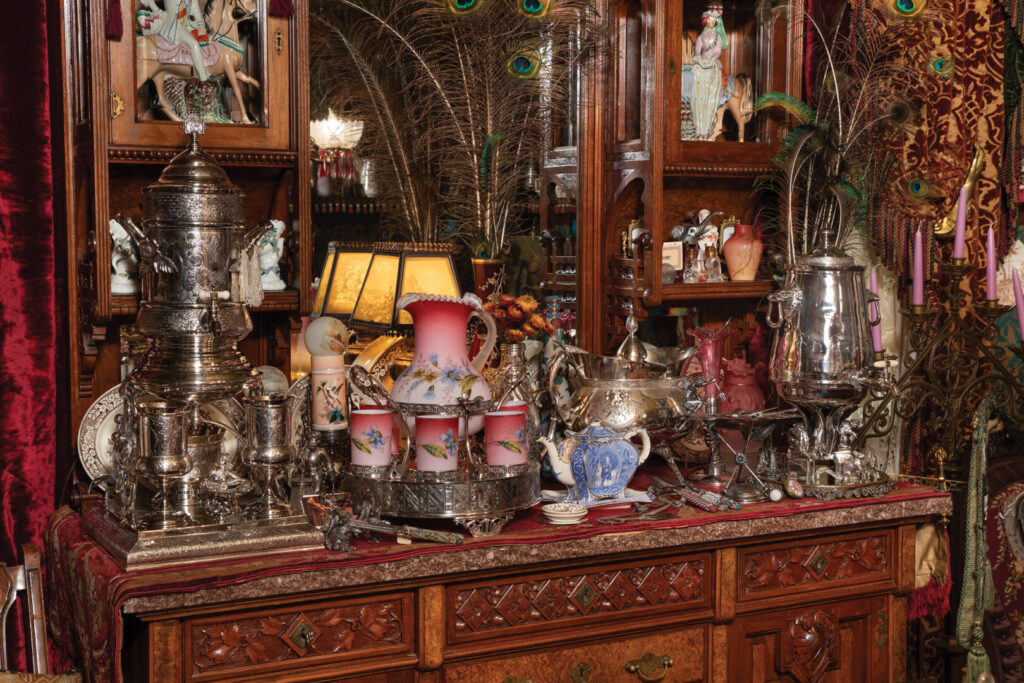
William Wright
Airport museum
The SFO Museum was founded in 1980 by the Airport Commission to “humanize the airport environment” through exhibitions of material culture in the public spaces of San Francisco Airport. It has grown to include 25 galleries in all four SFO terminals, gaining an international reputation for its broad-ranging and often unexpected subjects—from Zuber panoramic wallpaper to women’s hair styles. It is complemented by the Louis A. Turpen Aviation Museum & Library, which opened in 2000 in the new International Terminal, in a facility modeled on the original 1937 passenger waiting room.
Sterling vs. silverplate
Sterling silver is 92.5% pure silver; the percentage is stamped on the back, along with the maker’s hallmark. (In some countries, “sterling” may contain just 80% silver.) Sterling silver has been used most often in jewelry, tableware, and coins. Silverplate is the term used for base metal that has been electroplated with a very thin layer of silver. The process dates to about 1850 and is done the same way today. Look for stamps on the bottom: “silver plate”; “EP” (electroplate); “EPNS” (electroplated nickel silver). No stamp at all probably means silverplate. Silverplate has no melting value in the precious-metals market, but antique silverplate is collectible, and decorative pieces are highly sought.
Collecting Tips
Prices range from under $50 to thousands for pieces by Gorham and Tiffany.
• Knowledge is power. Good reference books include The Victorian Dining Roomby Brian D. Coleman (Schiffer, 2003); and American Silverplate by Dorothy T. Rainwater (Schiffer, 2000).
• Have fun: Collect whatever beautiful or unusual pieces you enjoy, as you can find everything from figural soup tureens to mustache curlers!
• Find your own conservator or ask a question at the American Institute for Conservation website: culturalheritage.org/about-conservation/find-a-conservator
• The Institute also has a set of downloadable guides for people who want to care for their objects: culturalheritage.org/about-conservation/caring-for-your-treasures Find conservation tips, as well as storage and environmental-conditions guidelines.



